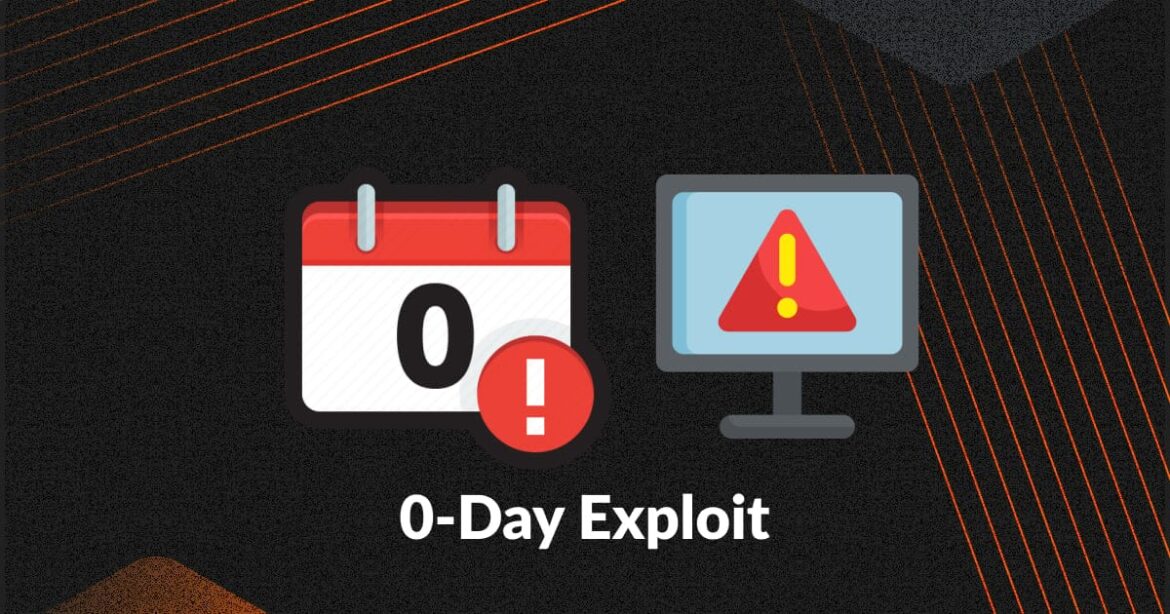940
0-day exploits are security vulnerabilities that attackers exploit before software vendors can detect and fix them. This article explains how they work, the risks they pose, and how to protect yourself against them.
0-day exploit: An invisible threat
What exactly is a 0-day exploit and why is it so dangerous?
- A 0-day exploit refers to a security vulnerability that attackers can exploit before it is discovered and closed by software developers.
- These exploits are particularly dangerous because they often go unnoticed until an attack has already taken place.
- The term “0-day” comes from the amount of time the vulnerability exists without a patch being available.
- Attackers who use such exploits can access confidential data or control systems, which can cause significant damage.
Mechanisms and actors behind 0-day exploits
How do 0-day exploits work and who uses them?
- 0-day exploits are often discovered through targeted vulnerability research or by chance.
- Both individuals and organized groups, including state actors, can use these exploits.
- Motivations can range from financial gain to espionage to political objectives.
- Such exploits are often sold on illegal marketplaces, which further facilitates their spread.
Risks and consequences of zero-day exploits
What are the risks and consequences of zero-day exploits?
- A successful 0-day attack can result in data loss, financial losses, and damage to reputation.
- Companies that work with sensitive data, such as banks and healthcare organizations, are particularly at risk.
- The effects of such an attack can be long-lasting, as they often lead to a loss of trust among customers and partners.
- In some cases, zero-day exploits can also threaten critical infrastructure such as power grids or digital communication systems.
Protective measures against 0-day exploits
How can companies and individuals protect themselves against 0-day exploits?
- Regular software updates and patches are essential to close known security gaps.
- An effective security strategy should also include monitoring and detection of anomalies in the network. Since 0-day exploits are unknown, modern threat detection systems with behavioral analysis and AI-powered solutions also help to detect suspicious activity early on.
- Training employees on how to handle suspicious emails and attachments can help ward off social engineering attacks.
- Working with security service providers and using advanced security solutions can increase resilience against zero-day exploits.

